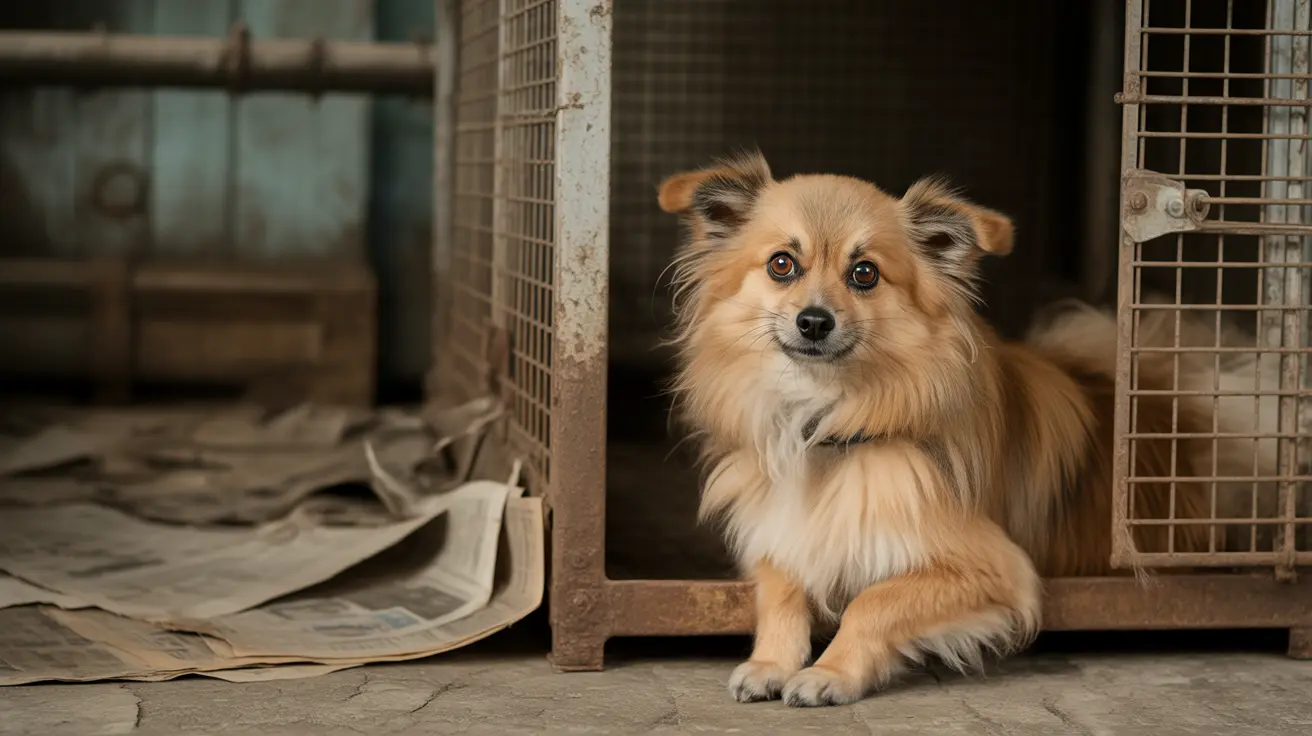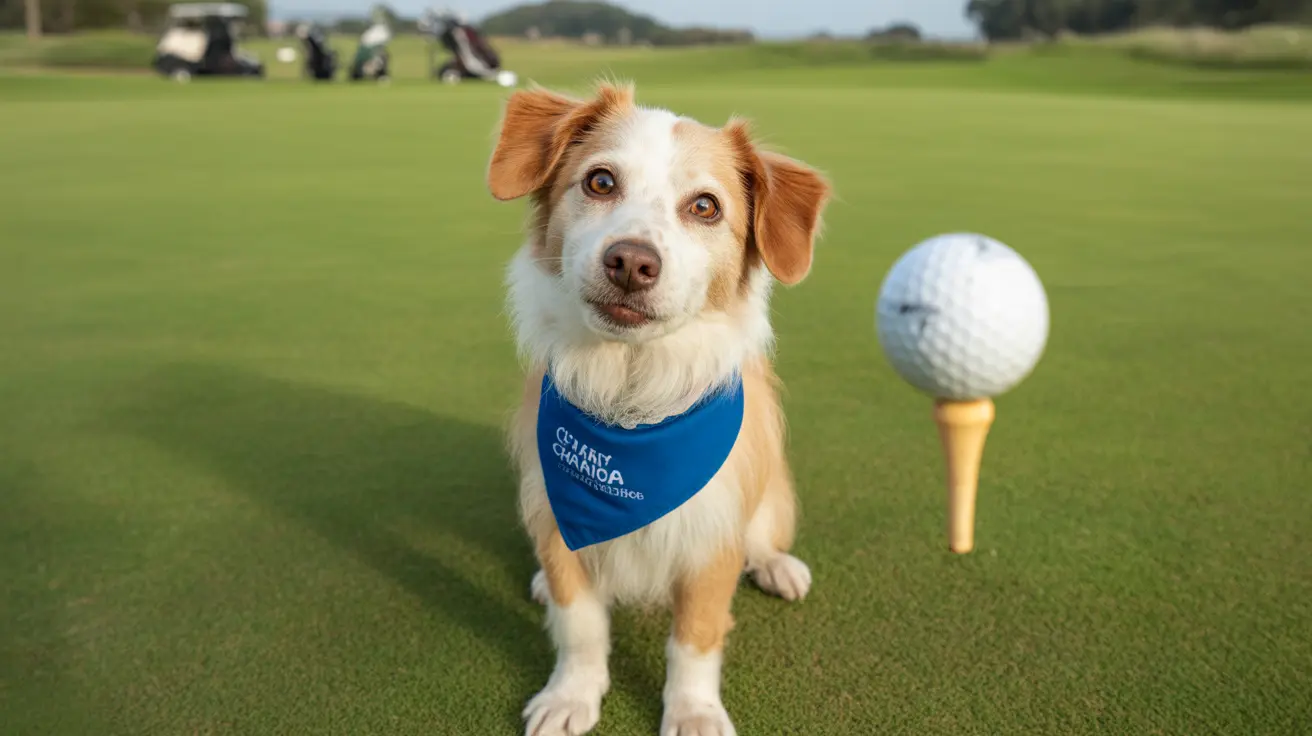Understanding the Catahoula Leopard Dog Mix
If you're curious about what makes a Catahoula Leopard Dog mix unique, let's dive into the world of this fascinating crossbreed. The Catahoula Leopard Dog itself is an American breed that hails from Louisiana, recognized for its athleticism, intelligence, and striking coat patterns. When mixed with another breed, the resulting dog can display a blend of physical and behavioral traits from both parents—often making for an energetic and loyal companion.
The Origins of the Catahoula Leopard Dog
The purebred Catahoula Leopard Dog originated in Louisiana and became the state dog in 1979. Its roots trace back to crosses between local Native American dogs and French Beaucerons during the mid-1700s, later incorporating other European and American working breeds. Historically, these dogs were used for hunting feral hogs, herding livestock, and managing wild pigs. Their name comes from Catahoula Parish, and they're sometimes called the Louisiana Catahoula Leopard Dog or simply "Catahoula Cur." Recognized by the United Kennel Club (UKC) and included in the American Kennel Club Foundation Stock Service, their working ability has always been prioritized over appearance.
Physical Characteristics Passed to Mixes
Catahoulas are medium to large dogs—males stand 22 to 26 inches tall (females slightly smaller), weighing anywhere from 40 to 95 pounds. Lifespans typically range between 10 to 14 years. Their most notable feature is their short to medium coat which comes in a variety of colors and patterns, especially the “leopard” mottled look caused by the merle gene. Eye color can be blue, brown, green, amber—or even two different colors (heterochromia). These traits often show up in mixes as well.
- Coat Colors: Blue/red merle, brindle, solid shades (black, red, yellow, chocolate), combinations with white or tan markings.
- Build: Well-muscled bodies; rectangular shape; large head with drop ears; thick neck; long curved tail.
- Eyes: Highly variable color; some have “cracked glass” or “glass” eyes due to merle gene.
Temperament and Personality Traits
Catahoulas are known for being intelligent, loyal, alert, independent, and protective. They form strong bonds with their families—affectionate at home but serious when working. These qualities are commonly inherited by mixes as well. However, because they can be territorial or assertive if not properly managed or socialized early on, it’s crucial for owners of any Catahoula mix to provide firm guidance and structure.
- Loyalty: Strong attachment to family members.
- Energy: High activity levels—require daily exercise and mental stimulation.
- Trainability: Intelligent but sometimes stubborn or independent; respond best to positive reinforcement training.
- Protectiveness: Natural watchdog instincts; may be wary of strangers.
The Role of Work Drive in Mixes
The Catahoula’s heritage as a herding and hunting dog means that most mixes retain some level of work drive. Many excel at activities like scent trailing, herding livestock using their unique “canine fence” technique (surrounding animals so handlers can manage them), hunting various game animals (deer, raccoons, squirrels), or participating in dog sports such as agility or obedience trials. If you’re considering a mix for your family or farm life, expect an active companion who thrives when given tasks or challenges.
Caring for Your Catahoula Mix
A healthy routine is essential for these energetic dogs. Grooming needs are moderate: weekly brushing keeps their coat looking good; occasional baths help maintain cleanliness. Regular nail trims, dental care (teeth brushing), and ear cleaning should also be part of your regimen. Nutrition should focus on high-quality food appropriate for your dog’s age—and always provide fresh water.
- Exercise: Daily walks/runs; hiking; swimming; fetch games; structured playtime.
- Mental Stimulation: Training sessions; puzzle toys; new experiences.
- Socialization: Early exposure to people/other animals helps curb territorial tendencies.
Puppyhood Through Adulthood: What To Expect
Catahoulas—and by extension many mixes—are highly intelligent but can be willful as puppies. Consistent training from an early age is key: use positive reinforcement methods rather than harsh discipline. As adults they become more settled but still need plenty of activity to avoid boredom-related behaviors like digging or chewing. Some mixes do well with respectful older children but supervision is recommended around young kids due to their strength and protectiveness.
Health Considerations in Mixes
The breed overall is robust but there are some health risks worth noting—especially if you’re adopting a mix where one parent carries similar issues. Deafness occurs more frequently in dogs with lots of white or merle coloring. Hip dysplasia and certain eye conditions (cataracts or progressive retinal atrophy) can appear in larger or aging individuals. Responsible breeders screen for these problems whenever possible.
Selecting the Right Mix For You
If you’re thinking about welcoming a Catahoula mix into your home: pay attention to energy levels (they’re usually high!), space requirements (rural areas are ideal), grooming needs (manageable), trainability (requires commitment), family structure (best with experienced owners/families who understand working breeds), and time available for exercise/socialization. With proper care—including structured routines and clear roles—these mixes make exceptional companions who’ll reward you with loyalty and enthusiasm every day!





